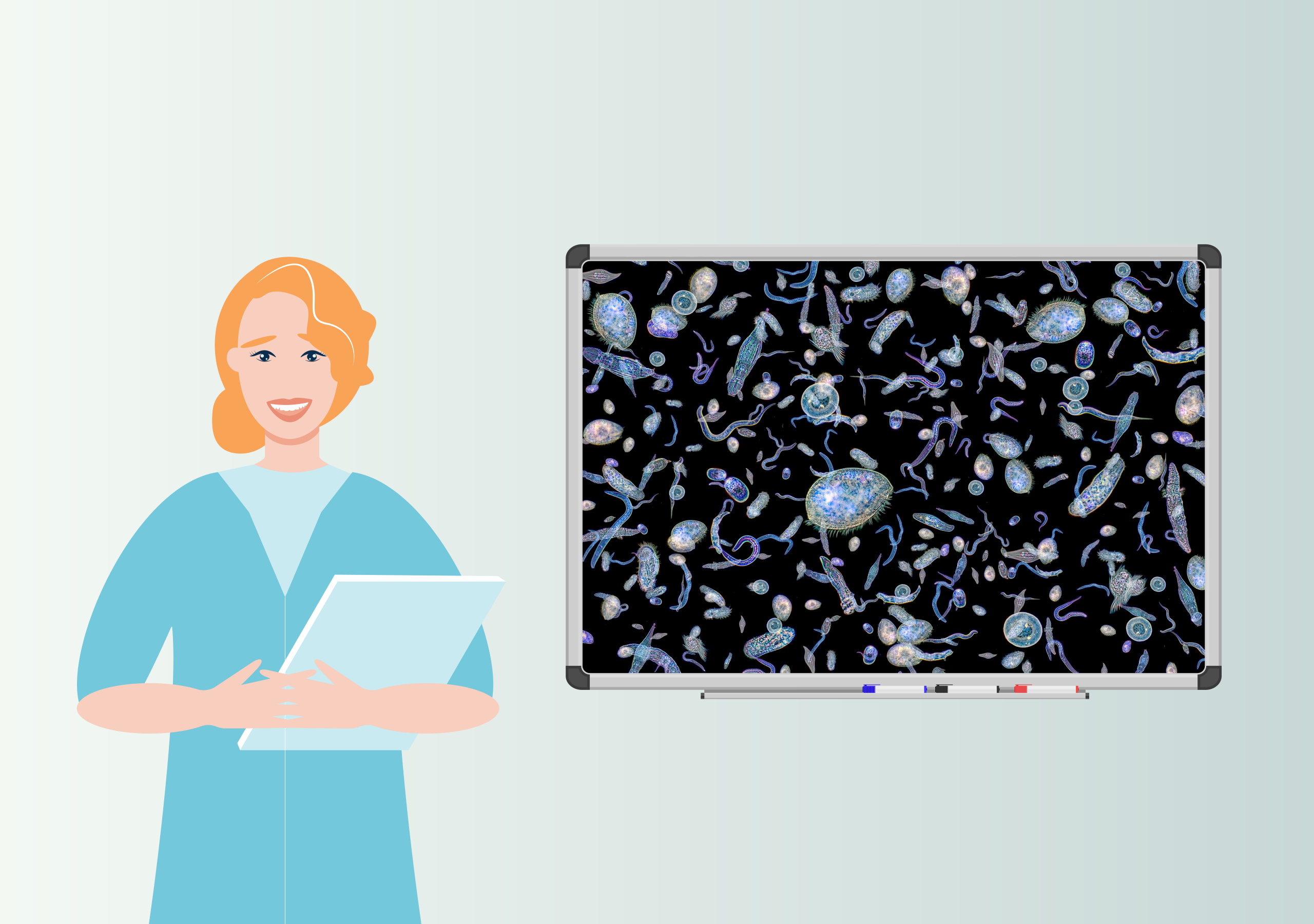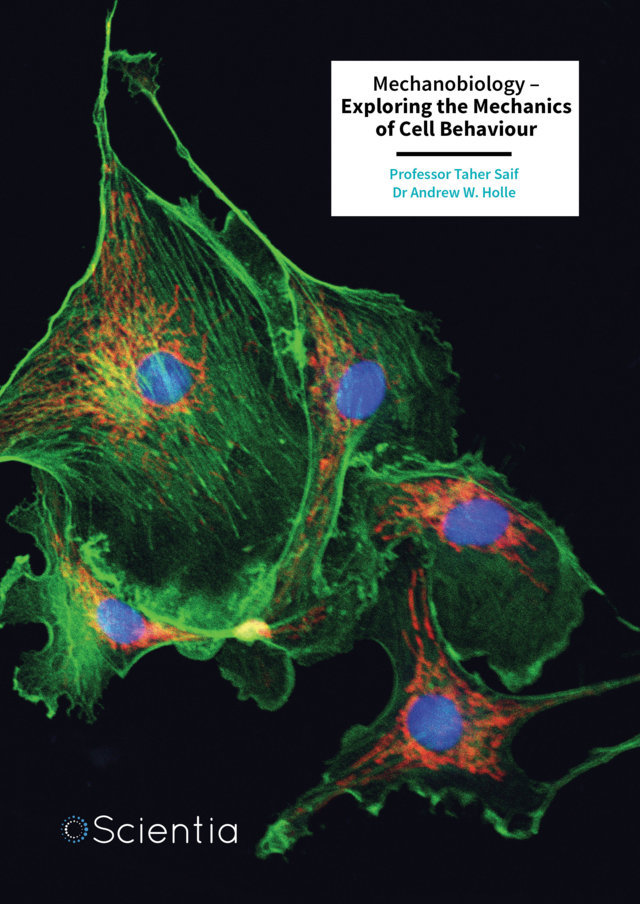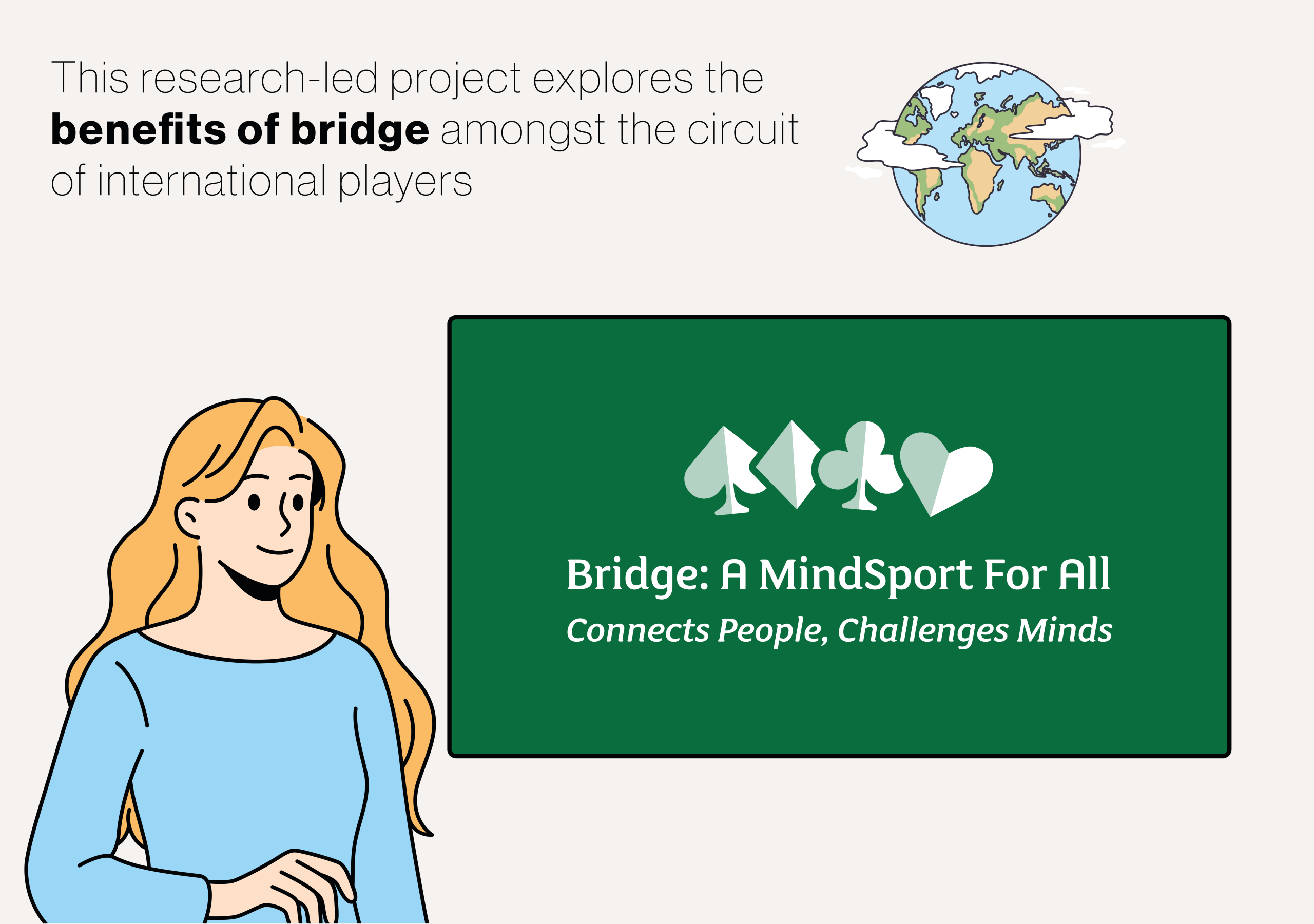When a baby is born, the bones of the skull are meant to behave like the slats of a wooden barrel, flexible enough to slide into the correct orientation as the brain beneath them doubles in size during the first year of life. However, in about seven of every 100,000 births one of those seams between the bones of the skull (called a suture) closes too early along a single side of the forehead, a condition called unicoronal synostosis (or UCS). Instead of rounding out evenly, the skull twists: one brow pulls backward, the opposite brow juts forward, the eye sockets tilt, and the nose shifts off‑centre. Beyond cosmetic considerations such as the visible asymmetry, these children can also face raised brain pressure, vision problems and slower development. More
Surgeons have long tackled UCS with a demanding operation known as frontal‑orbital advancement and remodeling. One common variant, the calvarial switch (or CS) technique, removes the misshapen forehead bone, flips in a better‑shaped piece harvested from higher on the skull and then plates everything back together. While CS can flatten the lopsided forehead, it achieves only modest improvements lower down the face.
Meanwhile, a newer philosophy has been quietly gaining followers. Fronto‑orbital distraction osteogenesis (or FOD for short) turns the problem on its head: instead of carving and re‑plating bone, surgeons make a single strategic cut and attach a miniature “jack.” This device, known as a ‘distractor’ applies incremental mechanical force to reshape the bones of the skull gradually. Over the next few weeks following surgery, the child’s parents twist a tiny screw outside the skin; inside, the device nudges the retreating forehead forward millimetre by millimetre while the baby’s own body fills in fresh bone.
While FOD is a promising technique to treat UCS, until recently no rigorous head‑to‑head study had asked which approach truly serves children better. At Sahlgrenska University Hospital in Gothenburg, Sweden, Dr. Jonas Mellgren and an international team of colleagues combed through 16 years of records to do just that. They identified 66 infants with isolated UCS who had undergone surgery at the hospital between 2005 and 2021. This included 52 treated with CS and 14 with the newer FOD procedure.
Three‑dimensional CT scans taken before surgery and again three years later allowed the researchers to measure dozens of angles, volumes and symmetry indices with forensic precision. The study focused on three angles. These included the Orbital Dystopia Angle which refers to how far one eye socket sits higher than the other, the Anterior Cranial Fossa Deviation, meaning a twist at the skull base that can pull the nose and brow sideways, and the Anterior Cranial Fossa Cant, which refers to a subtle tilt of the skull base itself. They also examined skull and facial volumes, overall cranial asymmetry (using a sophisticated principal‑component analysis), operating‑room time, blood loss, transfusion needs and hospital stay.
Happily, a clear winner emerged from this head-to-head comparison. After three years, both operations helped, but FOD helped more. Specifically, Orbital Dystopia Angle correction averaged 5.7 degrees with FOD versus 3.3 degrees after CS, giving children markedly straighter eye lines. Overall skull‑and‑face asymmetry dropped to near‑normal levels only in the FOD group. FOD patients showed smaller differences between the two eye‑socket volumes, a key step toward balanced vision development.
The operating‑room statistics were just as striking. The FOD procedure took an average of 89.5 min, whereas CS took 153.5 min. Blood loss per kg was 6.1 mL in the FOD group and 22.1 mL in the CS group, with 3.3 mL and 14.3 mL of blood transfused per kg, respectively. The average hospital stay was 4.3 days in the FOD group and 5.8 days in the CS group.
Shorter surgery and lighter blood loss are more than bookkeeping triumphs. These measures translate to fewer transfusions, more gentle recoveries and lower costs for families and hospitals alike. Why does FOD outperform an operation that physically swaps bones into better positions? The secret lies in biology’s preference for gradual change. By lengthening bone a small distance per day, distraction osteogenesis coaxes the surrounding tissues, including muscle, scalp, brain and eye socket linings, to remodel in harmony.
CS, by contrast, delivers an immediate architectural fix that the growing skull may partially relapse against over time, with increased tissue trauma and recovery times. Moreover, FOD leaves the healthy side of the forehead untouched. Surgeons need only return a few months later to remove the little distractor, often a brief outpatient procedure, whereas CS is a single but far heftier undertaking.
For parents, the choice of surgery is both medical and emotional. The promise that a tiny hidden device, and a few weeks of gentle turns at home, can guide the skull back toward symmetry feels less frightening than the prospect of a long, transfusion‑heavy operation. Families in the study tolerated the at‑home turning protocol well, and complications were mild: three minor skin infections and one broken distractor arm that was promptly fixed.
Dr. Jonas Mellgren and his team are now investigating whether a slightly longer distractor (40 mm instead of 30 mm) could fine‑tune facial balance even further. They also hope to confirm their findings in larger trials, which would be no small feat given that Sweden sees only about eight new UCS cases a year.
Still, the message from this landmark case‑control study is already poised to reshape practice: FOD offers a safer, more precise and more child‑friendly path to symmetry. For the babies who will grow into toddlers, pupils and teenagers with faces that feel fully their own, that quiet revolution may matter more than any statistical value.
Skull surgery will never stop sounding dramatic. Yet the ingenuity captured in this research reminds us that medicine’s gentlest successes often arrive not with a hammer but with a patient, measured turn of a screw.







